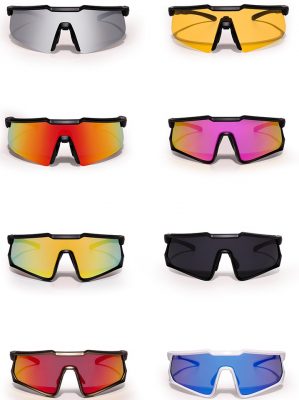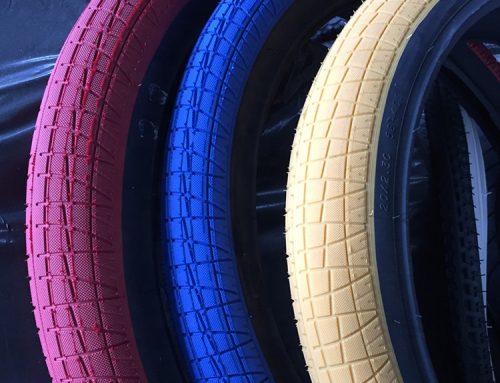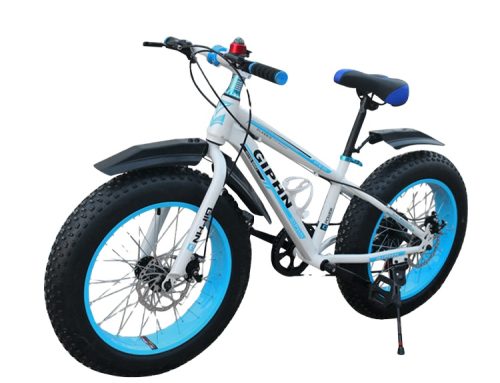**1. Anatomical Design:
- Women’s bike seats are designed to accommodate the wider pelvic structure of most women. Look for seats with a wider rear area to provide better support for the sit bones.
**2. Cutouts and Channels:
- Many women’s bike seats feature cutouts or channels in the center to relieve pressure on the perineal area, which can help prevent numbness and discomfort.
**3. Padding and Cushioning:
- Women’s seats often have targeted padding that provides extra cushioning where needed, such as under the sit bones.
**4. Contoured Shape:
- Seats with a contoured shape that follows the natural curves of the body can provide a better fit and reduce pressure points.
**5. Size Options:
- Some manufacturers offer women’s bike seats in different sizes to cater to individual differences in pelvic anatomy.
**6. Saddle Width:
- Choosing a saddle width that matches your sit bone measurement can provide better support and comfort.
**7. Quality Materials:
- Look for high-quality materials that are durable and moisture-wicking to prevent chafing and discomfort.
**8. Pressure Mapping:
- Some manufacturers use pressure mapping technology to design seats that distribute pressure more evenly, reducing the risk of discomfort.
**9. Adjustability:
- Seats that allow for adjustment of the saddle angle and position can help you find the most comfortable riding position.
**10. Breathability: – Seats with breathable materials and ventilation features help keep you cool and reduce moisture buildup during rides.
**11. Testing and Feedback: – Many manufacturers consult with female cyclists and use feedback to refine their designs, ensuring that women’s comfort needs are met.
**12. Personal Preference: – Comfort is subjective, so what works well for one person might not work for another. It’s important to try different seats to find the one that suits you best.
When selecting a women’s bike seat tailored for comfort, it’s crucial to consider your individual anatomy, riding style, and preferences. Trying out different options and seeking advice from experienced cyclists or professionals at bike shops can help you find the perfect seat for enjoyable and pain-free rides.





